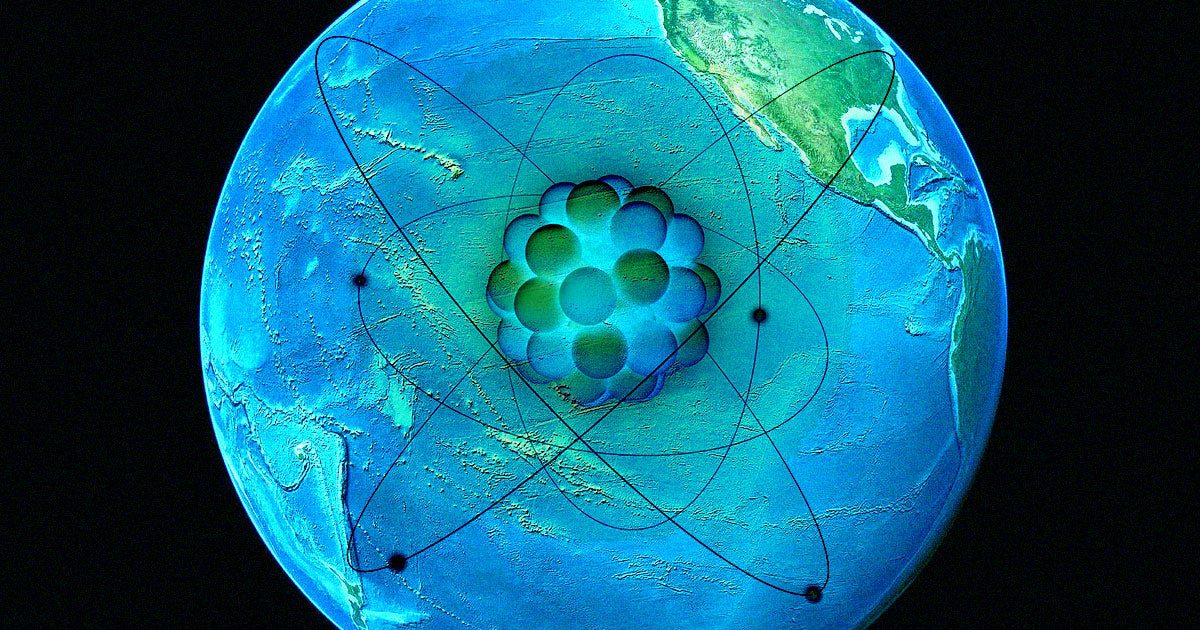
A group of researchers has made an intriguing discovery of a surprising concentration of the radioactive isotope beryllium-10 located deep beneath the Pacific Ocean’s surface.
In a study published in the journal Nature Communications, the international team speculates that this “anomaly” may be linked to historical shifts in ocean currents or cosmic ray interactions with the Earth’s atmosphere dating back roughly ten million years. Beryllium-10 is continually generated when nitrogen and oxygen atoms in the upper atmosphere interact with high-energy protons traveling through space at nearly the speed of light .
The researchers hope that their findings could act as an “independent time marker” for marine geological studies, enhancing our understanding of the Earth’s crust evolution over millions of years and improving the calibration of geological data sets.
Radioactive isotopes are frequently employed in dating archaeological and geological specimens. While radiocarbon dating is a common method, it has significant limitations.
As coauthor and physicist Dominik Koll from Helmholtz-Zentrum Dresden-Rossendorf noted, “The radiocarbon method can only accurately date samples up to 50,000 years old.” To analyze older artifacts, scientists turn to other isotopes like cosmogenic beryllium-10.
With a substantial half-life of 1.4 million years, beryllium-10 decays into boron, allowing researchers to examine timelines that extend back over ten million years.
In their study, Koll and his team analyzed geological samples collected miles below the Pacific Ocean surface, focusing on the ratio of boron isotopes through accelerator mass spectrometry.
The findings were unexpected.
“At around the ten million-year mark, we discovered nearly double the amount of [boron-10 isotope] than anticipated,” Koll reflected. “This led us to uncover a previously unknown anomaly.”
While the team can only hypothesize about the roots of this anomaly—coinciding with the genetic divergence of gibbons and orangutans leading to early human ancestors—they propose that a significant realignment of ocean currents could have deposited greater quantities of beryllium-10 than expected in the Pacific.
Perhaps most captivating is the possibility that the anomaly was influenced by a cosmic event, such as a nearby supernova, which could have briefly increased cosmic radiation levels ten million years ago. An encounter with an interstellar object may have also heightened the Earth’s atmosphere’s exposure to cosmic rays.
Koll emphasized in his statement, “New measurements are necessary to determine if the beryllium anomaly was a result of ocean current changes or if it has astrophysical origins. We intend to analyze more samples in the future and encourage other research teams to join us.”
For example, if similar anomalies are identified in other oceans, it could indicate a global phenomenon, lending support to the astrophysical explanation.
Learn more about cosmic rays: Scientist Warns That NASA’s Voyager Probes Are “Dodging Bullets Out There”









